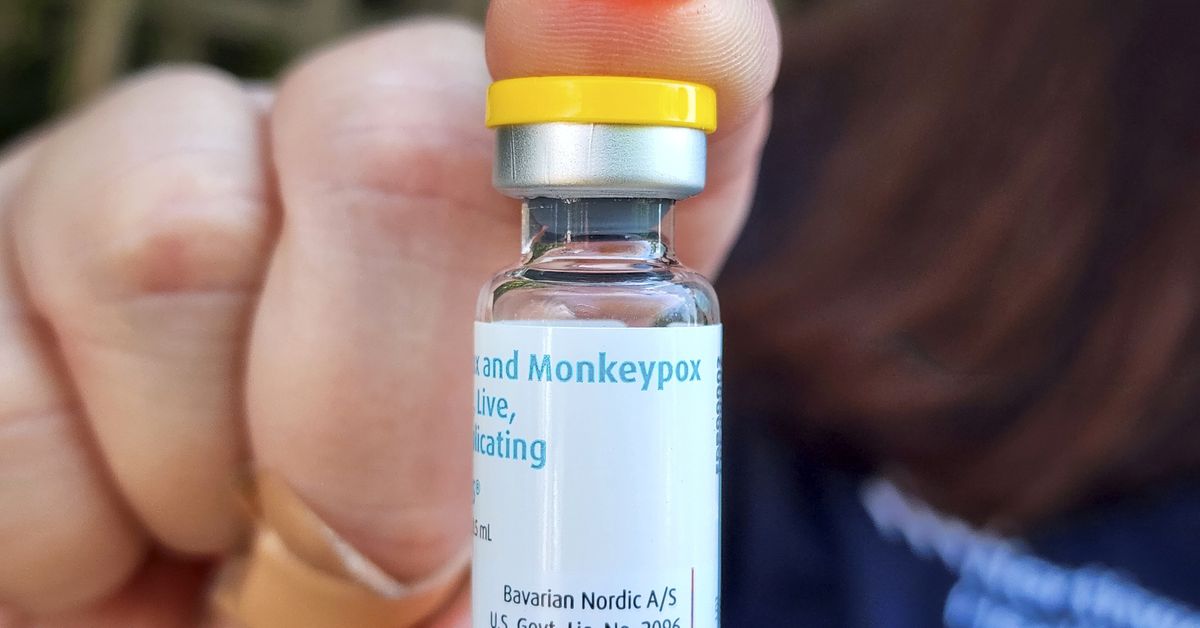The worldwide monkeypox outbreak began in early May 2022. Since then, more than 15,000 cases of monkeypox have been identified across more than 60 countries. Disease caused by the monkeypox virus typically involves a few days of fever and lymph node swelling followed by a rash, which can leave scars. Most cases in the current outbreak have resolved without hospitalization or the need for medication. As of July 20, there have been five deaths, all of them in Africa.
Monkeypox is related to the smallpox virus, and immunity to smallpox is protective against monkeypox. But as of 1980, smallpox has been eradicated in humans, and vaccinations against smallpox have grown rare — and human cases of monkeypox have been on the rise.
With monkeypox, the world faces a very different situation than in the early days of Covid-19. Monkeypox, unlike SARS-CoV-2, is a known quantity. We have more tools to prevent and treat it — far more than we did for Covid-19 at the outset of the pandemic — and both public health and the general public have had a lot of practice taking measures to prevent infections from spreading.
Follow here for all of Vox’s coverage on the monkeypox outbreak with expert analysis, guidance, explainers, and more.





















Discussion about this post